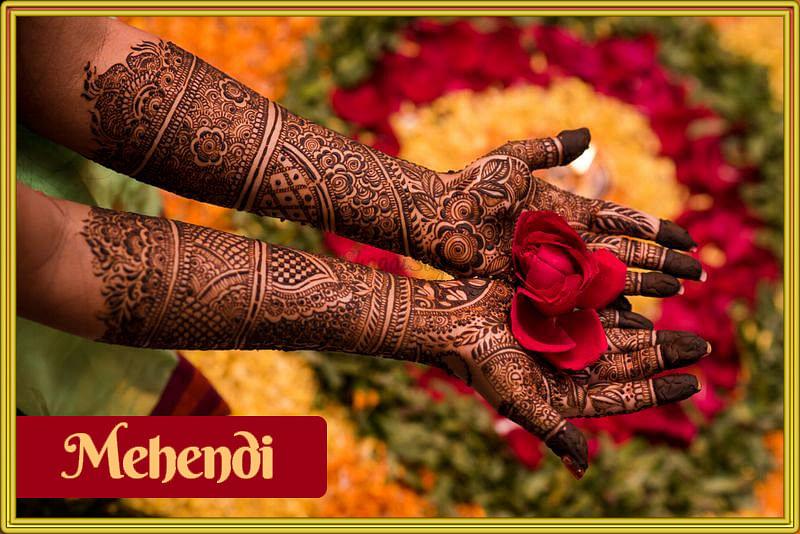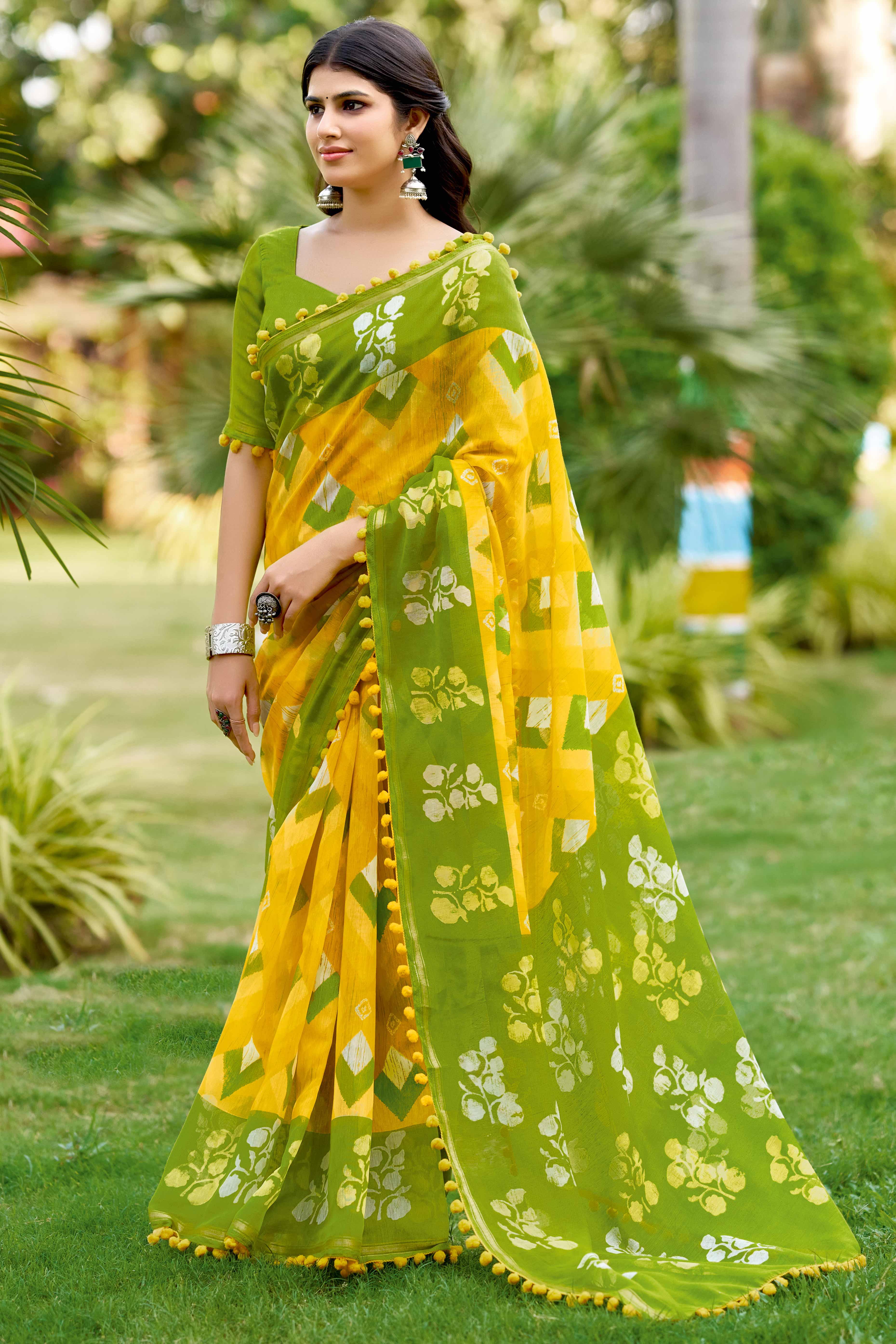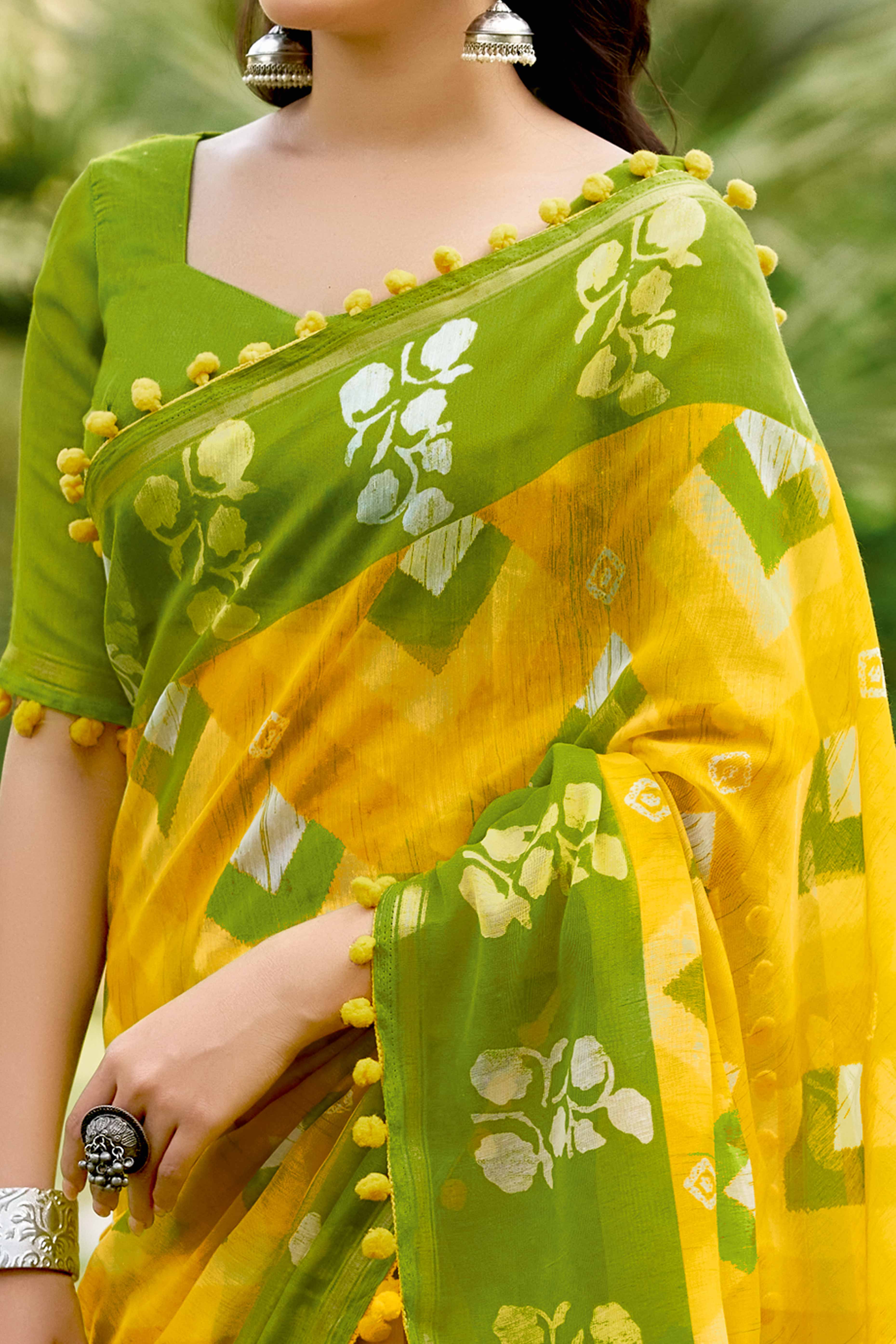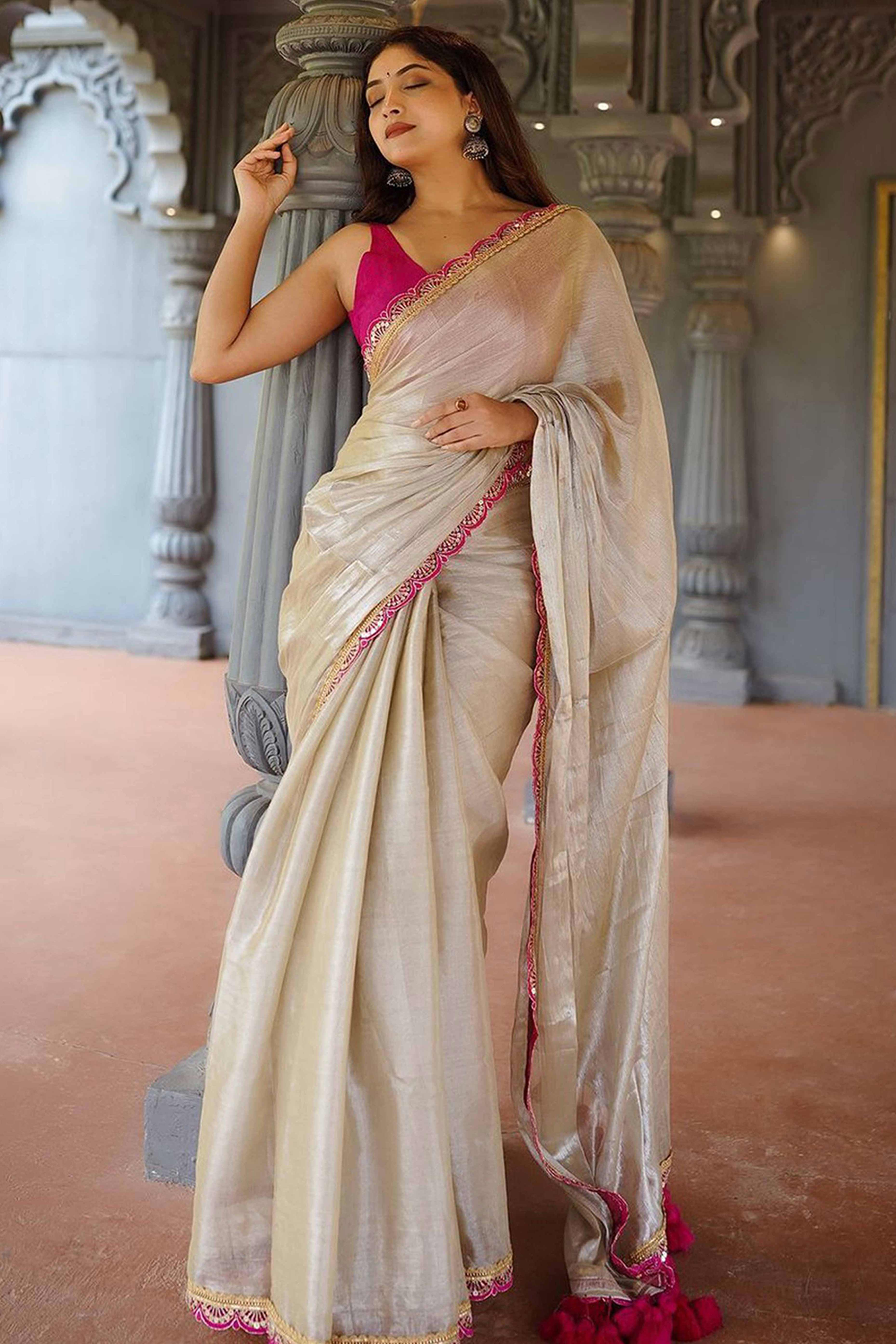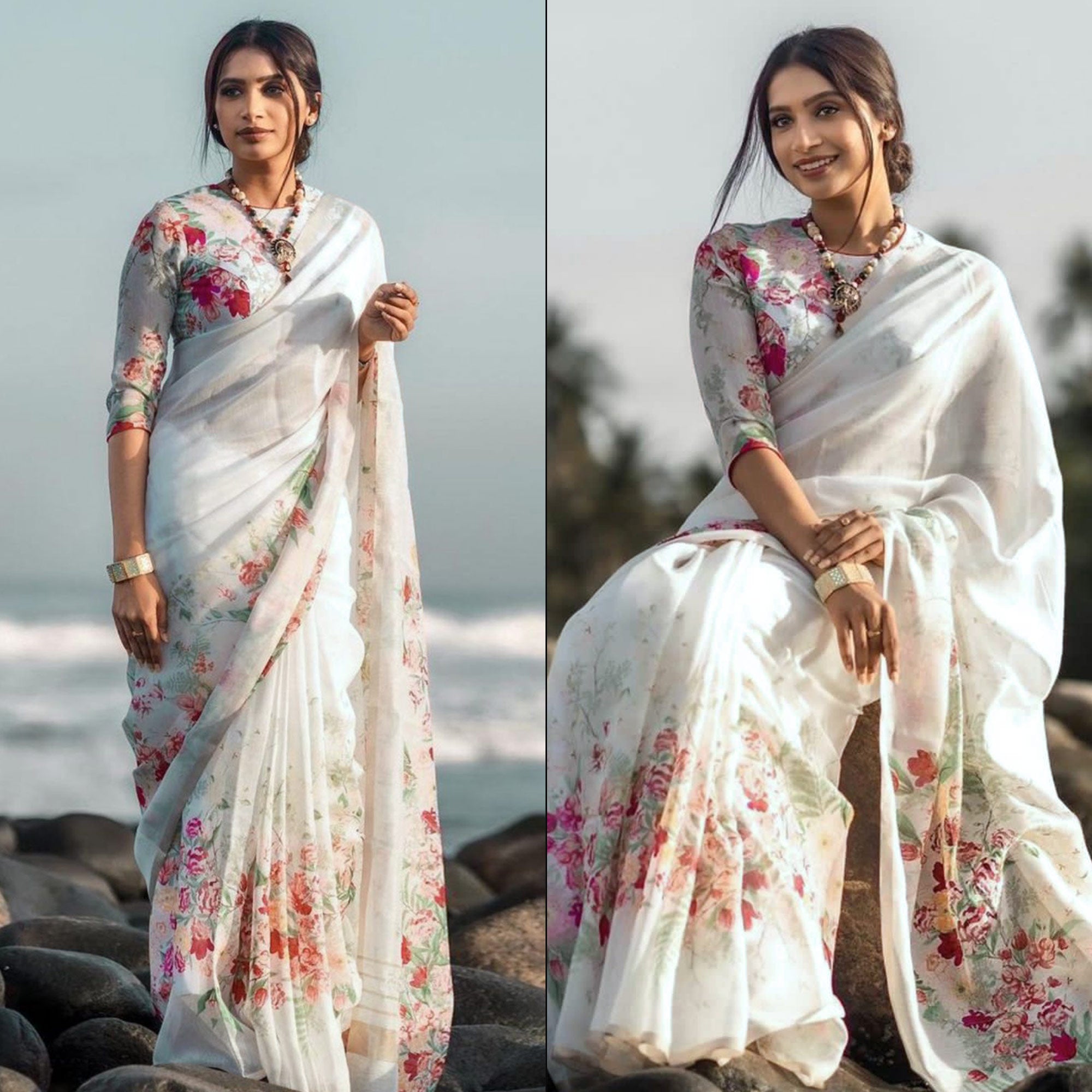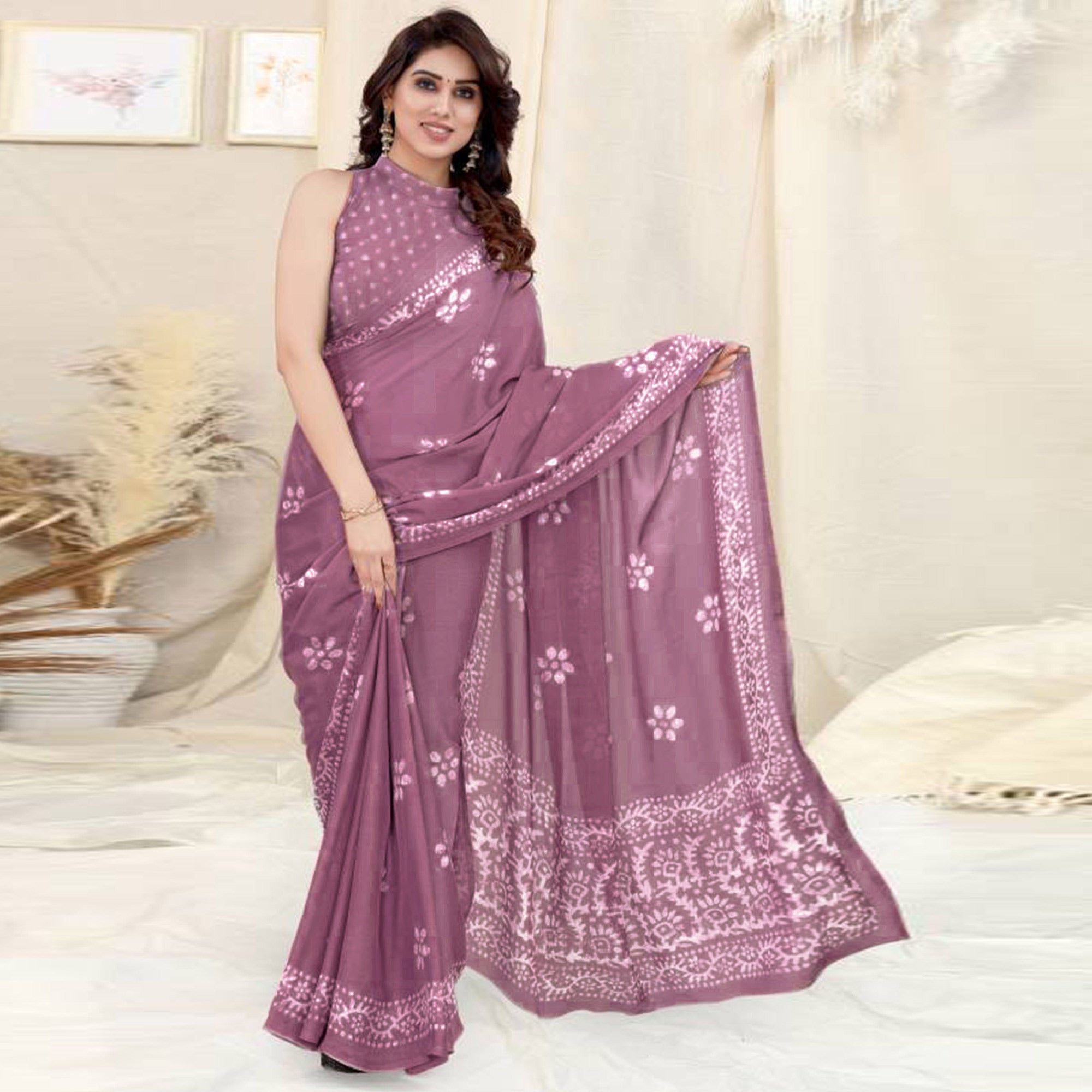Mehendi is another very significant and widely celebrated wedding ritual across India- among all regions and beliefs. No wedding festivities are as fun as the Mehendi ceremony. In fact there is this tradition and ritualistic aura imbibed in this whole ceremony that is believed to bring good luck to the wedding and the couple to be and also is very auspicious.
Background to the Ritual
The word mehendi is originally derived from the Sanskrit word mendhika which refers to the henna plant, the plant that bears the leaves that go on to make the mehendi paste. The mehendi was the first body art ever used and in fact it originated in Indi and from here it was carried forward to parts of Egypt, Middle East and some parts of Asia.
In fact, there have been some written evidences found during the ancient mummification processes and the pharaohs that speak of the use of henna (mehendi). In fact, the Prophet in the religion of Islam was believed to be quite fond of henna and would advocate its use to his known people.
Princess Cleopatra, the ageless beauty too was into the art of body decoration using henna and there are ample evidences which prove this.

In the Hindu customs right from the ancient times, the use of mehendi application is amongst the 16 essentials listed in the solah singar of a married woman.
Recommended Read: Best Lehengas For Mehendi Function
The Henna Plant and Preparing the Paste
The henna plant is a tiny shrub which is popularly and widely found in the Indian subcontinent and along Africa and Middle Eastern countries. The leaves of this plant when applied to the skin combine with its protein molecules and go on to impart the characteristic orange color that is so vividly associated with these leaves.
The authentic traditional way of preparing the henna or the mehendi paste is to dry the henna leaves and grind them and then sieve them to obtain a fine powder which is then combined with water, lemon juice, drops of eucalyptus oil, and mixed till a smooth paste is obtained.
Earlier, the mehendi was applied using finger tips and plant sticks. Then to ensure higher convenience of application, cones were brought in. the henna paste was filled in the cones and then applied smoothly on the palms.

Mehendi Ritual During Wedding
The traditional mehendi ceremony used to take place a day prior to the wedding. Nowadays it is held anywhere between 2 and 3 days before the wedding. Held separately at the bride’s and the groom’s residence, this function these days held with much pomp and show.
As opposed to previous times, the men these days actively participate in the function in the dances and other fun frolic that goes on simultaneously.
Elaborate mehendi designs are applied on the hands and feet of the bride to bring in the wedding fervour. As for the groom, it is not necessary for him to have an elaborate mehendi applied but a customary mehendi is dabbed on the palms for the ceremony.
Significance
During all the ongoing wedding preparations, the bride is usually under a lot of stress and anxiety. The henna leaves have intrinsic cooling properties which when applied on the hands and feet calm down the nerves and make the bride feel relaxed.
One of the primary reasons to start this ritual was an excuse to bring together all the family members together and invoke a sense of oneness and love among all.

Popular Beliefs Around Mehendi
One of the most prevalent customs of the mehendi ceremony is to draw the groom’s initials on the bride’s palms and the bride’s initials on the groom’s palms.
The darker the color of the mehendi that comes out, the stronger is the bond believed to grow between the groom and the bride. And the longer the mehendi stays on the palms of the bride the more is the love she’s receive from her in laws, especially her mother in law.
The custom of mehendi during weddings is as popular in Hindu weddings as it is in Muslim weddings. What began as a practice in the northern India quickly gained popularity across the country and thanks to the elaborate wedding rituals portrayed in wedding ceremonies in Bollywood movies, the mehendi ceremony is now an extremely essential part of Indian weddings.




